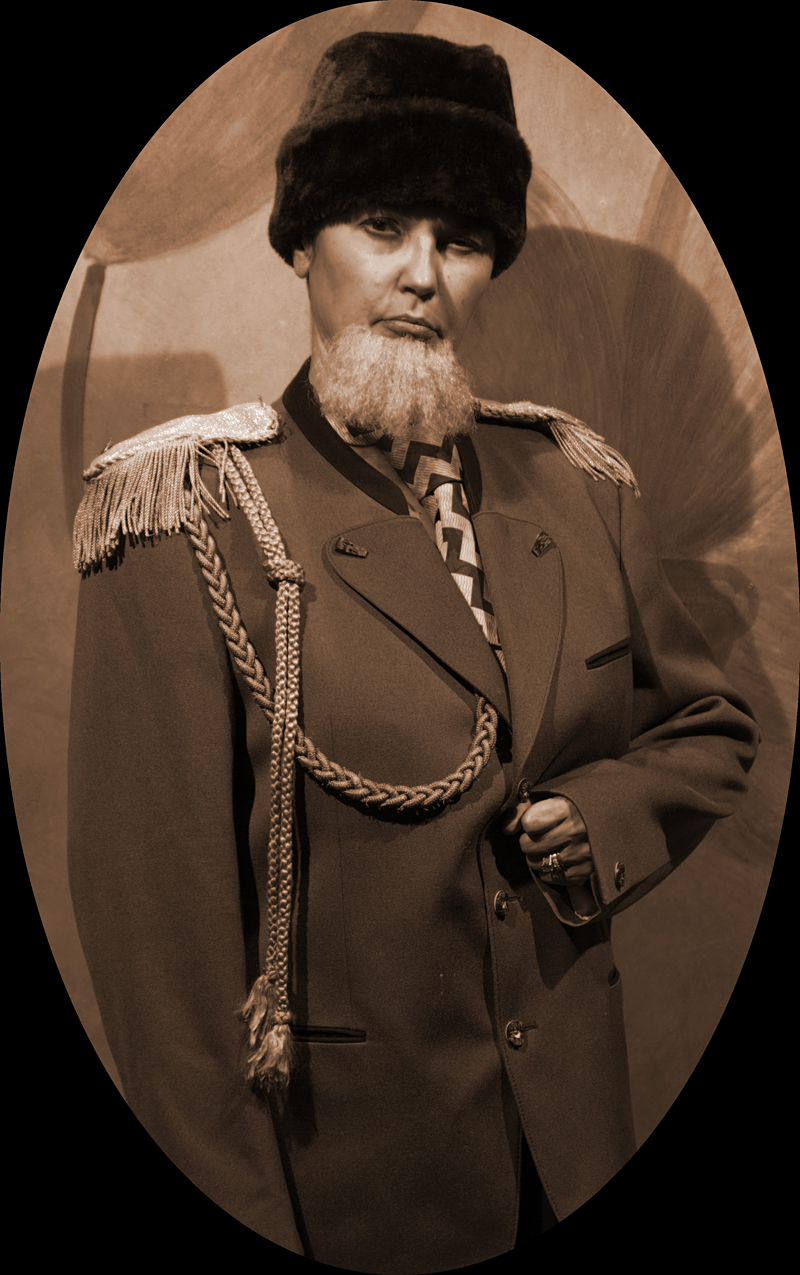Mark Twain wrote this big, bumptious, cross-dressing satire about the art racket while himself burdened with onerous debts he hoped to settle with the success of the play. But selling unflattering spoofery to its very targets, art connoisseurs, proved problematic, and the 1898 comedy was not produced. Yet when excavated from archival oblivion in 2002, it flourished on Broadway under the scalpel of playwright David Ives (Venus in Fur). On the Schmee’s shallow stage, arrayed by Al Angel in artfully splattered dropcloths, Is He Dead? retains plenty of nuttiness—so much that you don’t mind its lack of depth.
From the suburban Paris of 1846, Twain has appropriated the figure of real-life painter Jean-François Millet (who died a few decades before the play was written). In his busy atelier, exuberant fellow artists carouse, ladies call, and Faustian creditor Bastien André (J.D. Lloyd) menaces the artist. If he can’t pay, poor Jean- François (improv’er Brandon Felker) will lose his girlfriend Marie (Brittany Cox) to Bastien. Buddies propose that he die for a while to increase the value of his paintings—whereupon Felker transforms into Daisy, Jean-François’ far more entertaining sister. Felker’s cherubic face springs into action as complications compound. An inspector, a cop, a reporter, admirers, a collector, and heads of state swarm to the now-rich Daisy’s swankier Paris digs. It’s Tootsie time, and even Marie’s bourgeois papa (a nicely understated Buddy Mahoney) falls for the Susan Boyle–like Daisy. Director Doug Staley effectively varies the pacing between frenzy and languor, and while the characters are all stereotypes, the joie de jouer proves infectious, even with groaners like “We’ll take him to The Gleaners” (the title of the real Millet’s most famous work).
If this sounds like the humor of desperation, know that two years prior to writing this play, Twain was too broke to attend his dying daughter’s bedside. Is He Dead? offers no plot surprises, but delight abounds in this production. Mike Jones covers four small roles with memorable aplomb. Images of Jean-François’ suddenly salable paintings appear—poof!—on projector screens. Sight gags, well-timed physical comedy, and simple costumes (by Angela Flowers) communicate with the frugality of cartoon lines. Even as Jean-François schemes to strike it rich, this production succeeds with thoughtful thrift.








